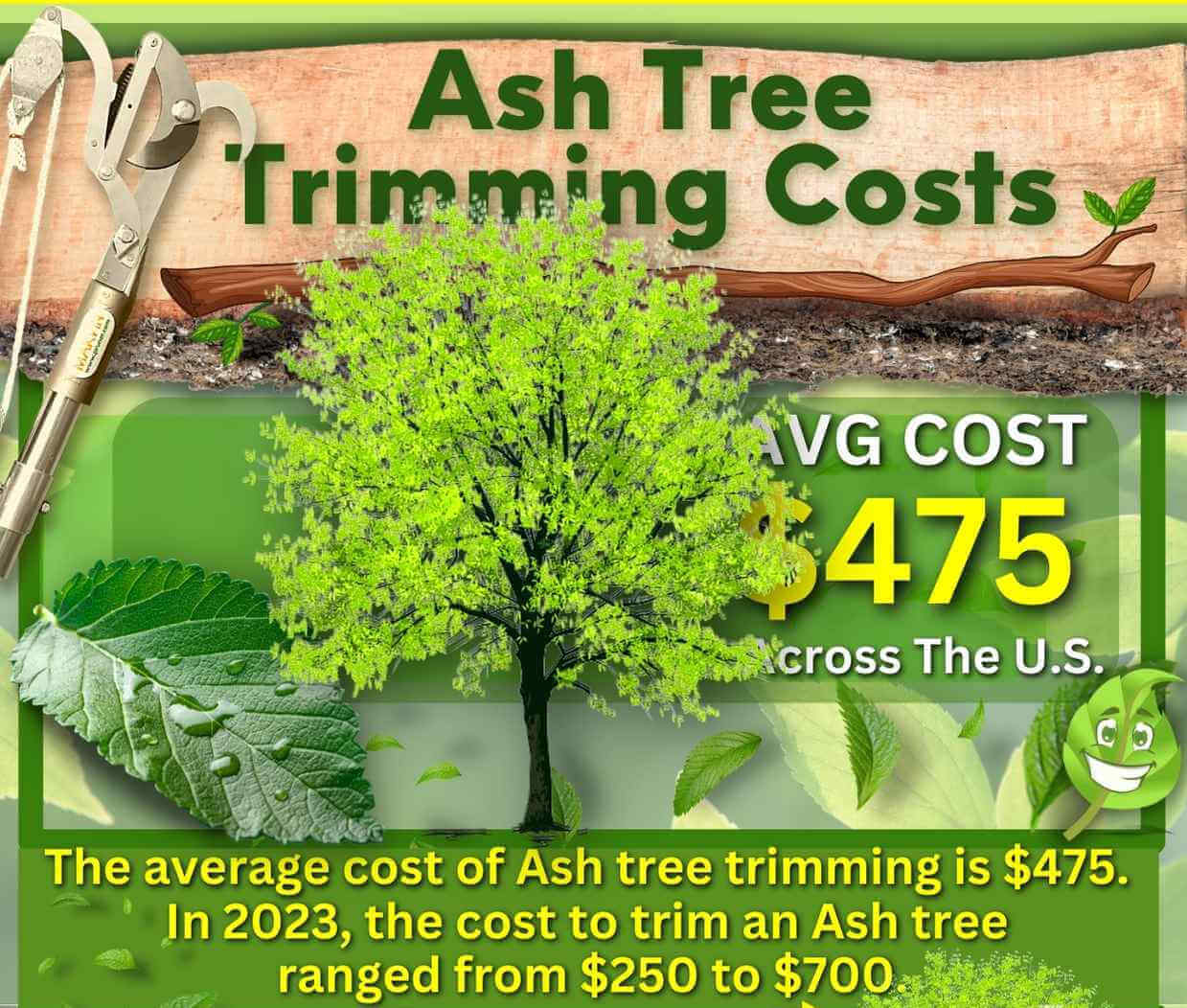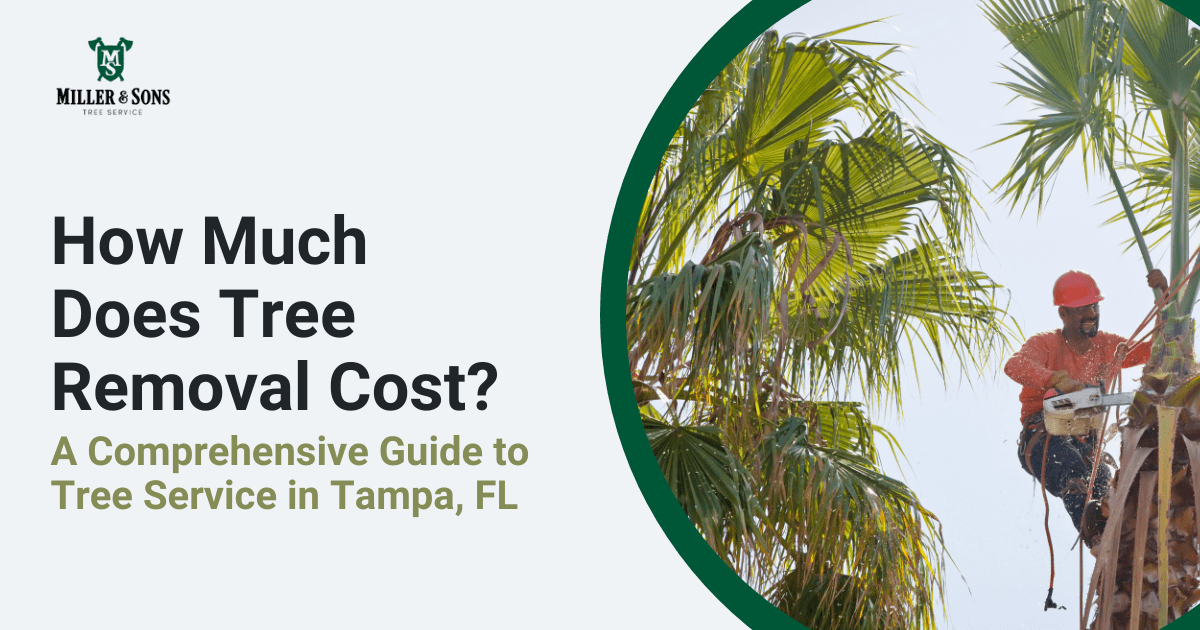Featured
Table of Contents
- – Understanding Tree Trimming Quotes In Orem, UT
- – Emergency Tree Removal Costs In Orem, UT
- – Upfront Stump Removal Costs In Orem, UT: No H...
- – Annual Tree Service Costs In Orem, UT
- – Average Stump Removal Costs In Orem, UT
- – Local vs National Tree Service Costs In Orem,...
- – Compare Stump Removal Costs In Orem, UT
- – Coverage Costs For Tree Service In Orem, UT
- – Orem, UT Tree Clearing: Affordable Solutions
- – ADA-Compliant Tree Cutting Costs In Orem, UT
- – Is An Tree Removal Worth The Cost In Orem, UT?
- – Orem, UT Tree Service Budget Calculator
- – Orem, UT Tree Cutting Consultation Costs
- – Premium Tree Cutting Packages In Orem, UT: P...
- – Orem, UT Tree Trimming Cost Insights

The subsections below offer more in-depth information about pricing, including an average range for each. TypeAverage Elimination CostPineConiferPalmMagnoliaArborvitaeAshCedarSweet GumEucalyptusSycamoreCypressOakMaplePoplar You can expect to pay between to eliminate a pine, depending on its size. Removing a pine is one of the more budget friendly tasks unless it is one that has been around for several years and is quite big.
Understanding Tree Trimming Quotes In Orem, UT
Pines likewise have a tap root that grows deep into the soil, which can prove to be harder to remove. The procedure itself includes a specialist cutting the tree, clearing the base, cutting the surface roots, getting rid of the stump, and lastly dealing with the soil. Without a professional hand, you run the risk of leaving pine seedlings behind, which will fall from the roots of distressed pines.
Emergency Tree Removal Costs In Orem, UT
The U.S. nationwide average for conifer removal is approximately to have the conifer reduced, hauled away, and the stump ground or eliminated completely. Conifers are usually much easier to get rid of, and despite the fact that they can grow quite tall, they do not cost a fortune to eliminate. Conifers consist of pine, spruce, fir, and juniper trees.
Upfront Stump Removal Costs In Orem, UT: No Hidden Fees
While conifers are gorgeous, they kill native plants and specific types of turf (tree cutting). The typical cost of palm removal depends on the height as much as the type, varying from.
Annual Tree Service Costs In Orem, UT
That is why it is necessary to know which type you are eliminating. While you do not need an herbicide to kill a palm tree, there are some steps your removal specialist will need to require to make sure the task is done correctly. There are 2 methods they can eliminate them: by slicing them down or digging them up.
Average Stump Removal Costs In Orem, UT
From there, they eliminate the real tree and then the stump. Expect to pay between to eliminate this type of tree, depending on the exact size and details of the job.
Local vs National Tree Service Costs In Orem, UT
There are 3 types: green, white, and black ash. White ash is known for its lots of colors. With its gray-tinged bark, its leaves are green or purple in the spring and golden yellow or purplish-red in the fall. They take pleasure in moderate environments and lots of sun. The green ash is named such due to its green or yellow foliage.
Compare Stump Removal Costs In Orem, UT

Due to the variation in height, the removal rate variation is large from. A coniferous, evergreen tree, the cedar is a sturdy species.
Coverage Costs For Tree Service In Orem, UT
The development of incorrect cedars differs from 50 feet approximately 230 feet high. Property owners may pay anywhere from, depending upon the roots. With star-shaped leaves and sensational fall colors, the sweet gum is thought about a medium to large tree. Enjoying full sun, the sweet gum can not tolerate contamination.
Orem, UT Tree Clearing: Affordable Solutions
Usually, it costs in between to remove a eucalyptus. Eucalyptus are not common everywhere, however they are rather big compared to others, which is why even the smaller sized ones are so pricey to eliminate.
ADA-Compliant Tree Cutting Costs In Orem, UT
There are a handful of methods to do this, consisting of burning, pulling, grinding, or killing them with herbicide. Anticipate to pay between to remove sycamores, based on the height, trunk size, and amount of work included. Sycamores are one of the largest hardwood trees, normally varying from 60 to 100 feet tall and as large as 15 feet.
Is An Tree Removal Worth The Cost In Orem, UT?
The very first two actions will expose the insides of the tree and cut off the circulation of nutrients up the trunk. From there, an expert uses herbicide to kill the tree and cuts down the trunk.
Orem, UT Tree Service Budget Calculator
There are several types of Cypress trees, however the most widespread are the Leyland, Arizona, Bald, and Italian. The Bald Cypress grows in swampy or very moist areas while the others delight in a dry, warm, or hot environment (stump grinding). They can grow as tall as 80 to 100 feet high
Orem, UT Tree Cutting Consultation Costs

Prone to illness, the Cypress is among the most treasured woods for furniture. The average oak grows to around 60 feet, and depending upon the complexity of the elimination, it costs approximately to eliminate. The exact size of your oak and the effort required to fell it affect what you will actually spend for elimination together with any extra services like stump grinding.
Premium Tree Cutting Packages In Orem, UT: Pricing
Access to the trees and the roots will also affect the total cost. Maples are generally amongst the more costly trees to eliminate since of their size and the work included in the removal.
Orem, UT Tree Trimming Cost Insights
Growing as high as 90 to 115 feet, these huge woods are mainly found in North America and include the aspen, cottonwood, and balsam trees. The process to remove trees includes all the trimming and cutting of the branches and trunk, bringing it down to a stump.
Table of Contents
- – Understanding Tree Trimming Quotes In Orem, UT
- – Emergency Tree Removal Costs In Orem, UT
- – Upfront Stump Removal Costs In Orem, UT: No H...
- – Annual Tree Service Costs In Orem, UT
- – Average Stump Removal Costs In Orem, UT
- – Local vs National Tree Service Costs In Orem,...
- – Compare Stump Removal Costs In Orem, UT
- – Coverage Costs For Tree Service In Orem, UT
- – Orem, UT Tree Clearing: Affordable Solutions
- – ADA-Compliant Tree Cutting Costs In Orem, UT
- – Is An Tree Removal Worth The Cost In Orem, UT?
- – Orem, UT Tree Service Budget Calculator
- – Orem, UT Tree Cutting Consultation Costs
- – Premium Tree Cutting Packages In Orem, UT: P...
- – Orem, UT Tree Trimming Cost Insights
Latest Posts
What You Get In A Stump Removal Quote In La Porte, IN
La Crescenta-Montrose, CA Tree Clearing Installation Price List
San Jacinto, CA Tree Service Quote Tool
More
Latest Posts
What You Get In A Stump Removal Quote In La Porte, IN
La Crescenta-Montrose, CA Tree Clearing Installation Price List
San Jacinto, CA Tree Service Quote Tool